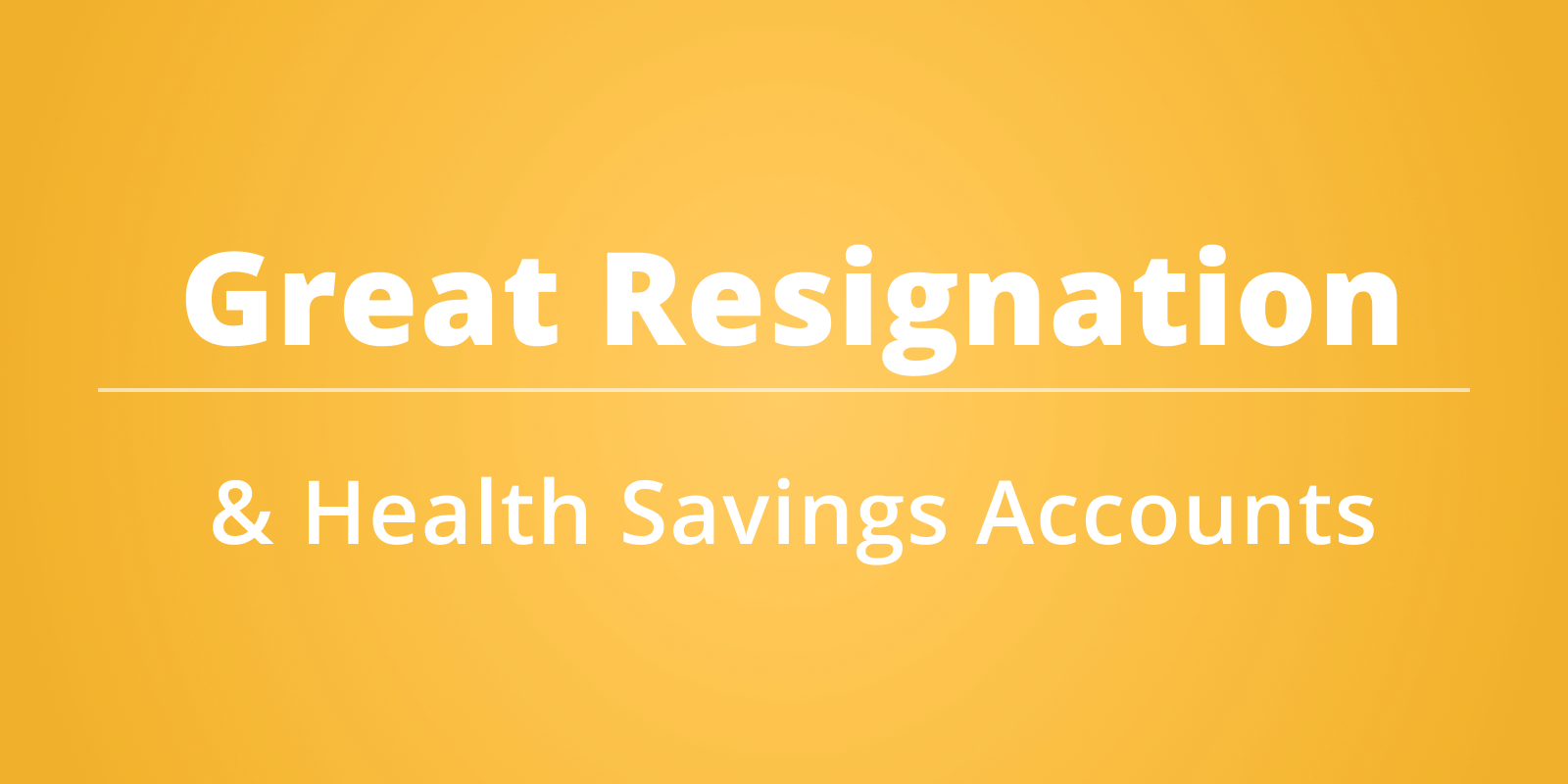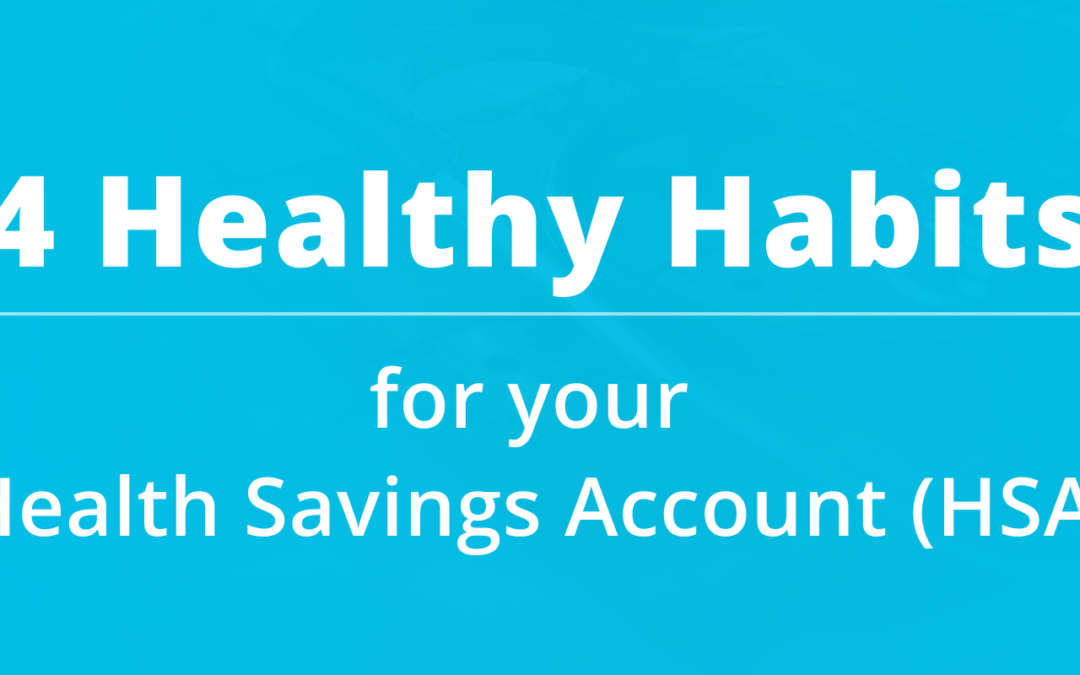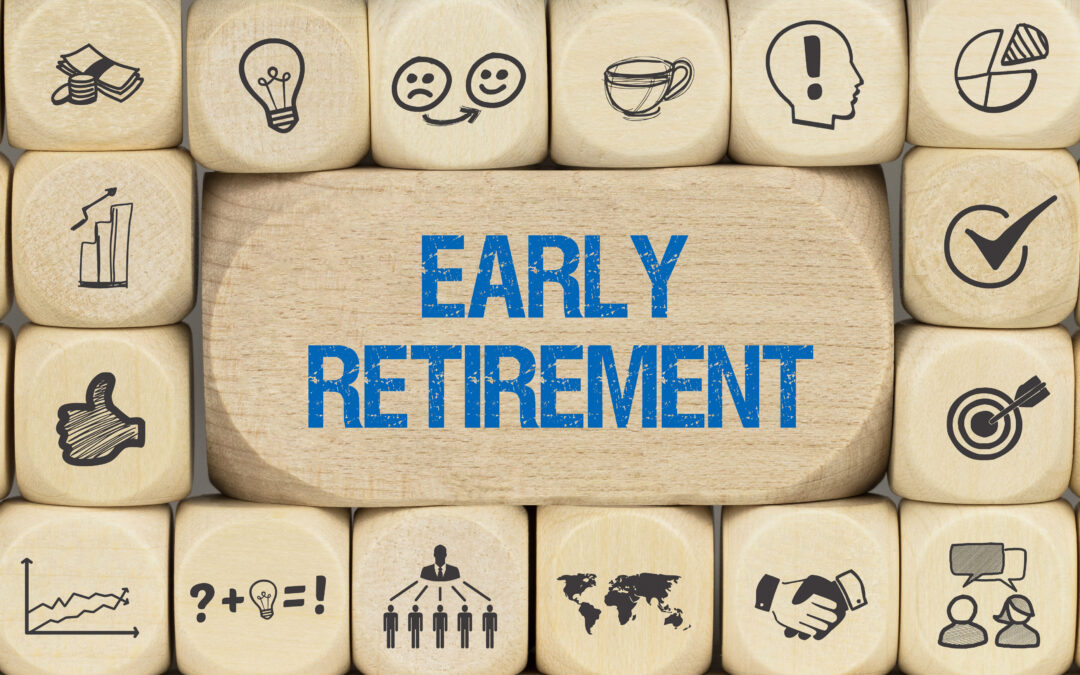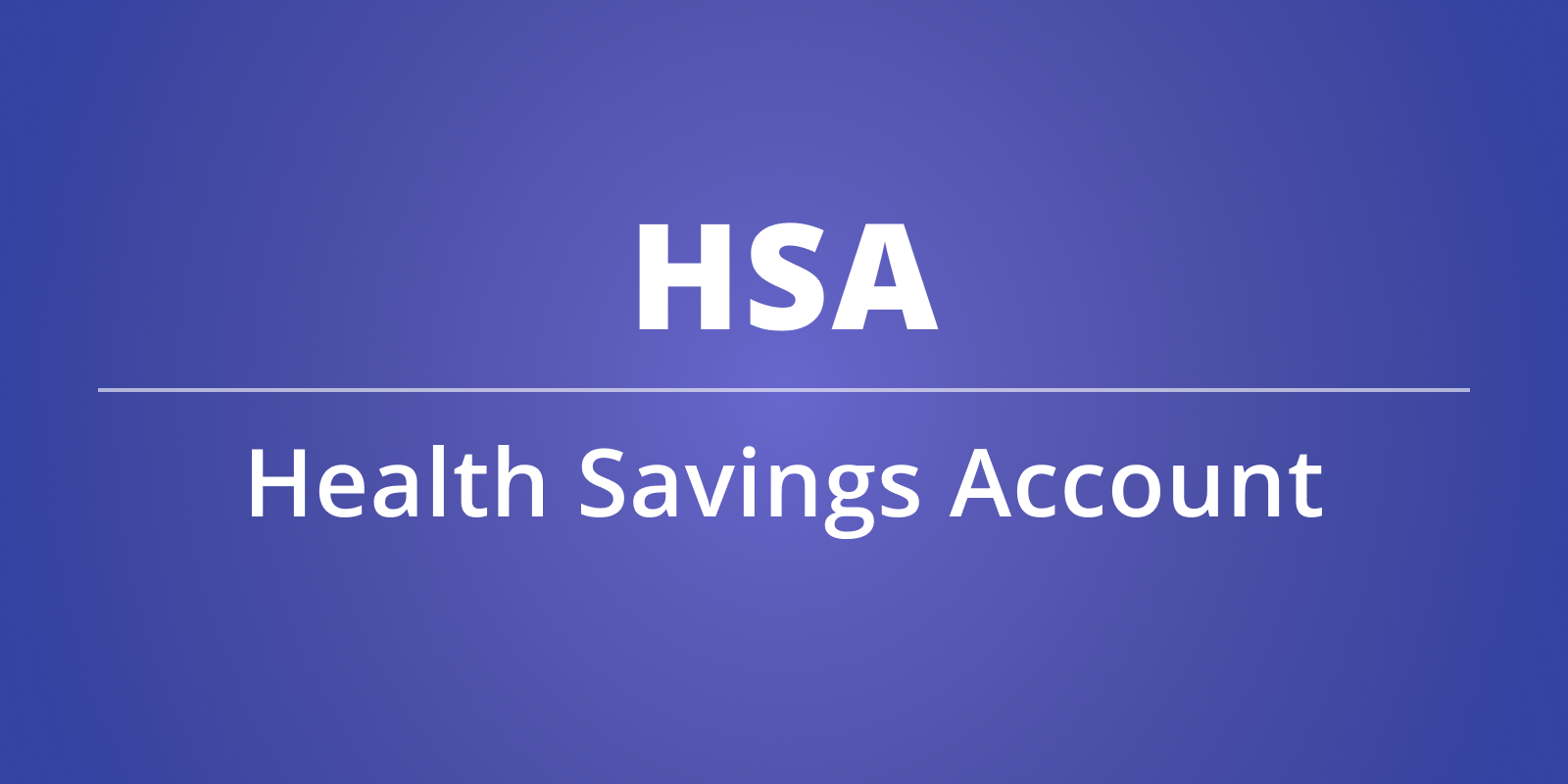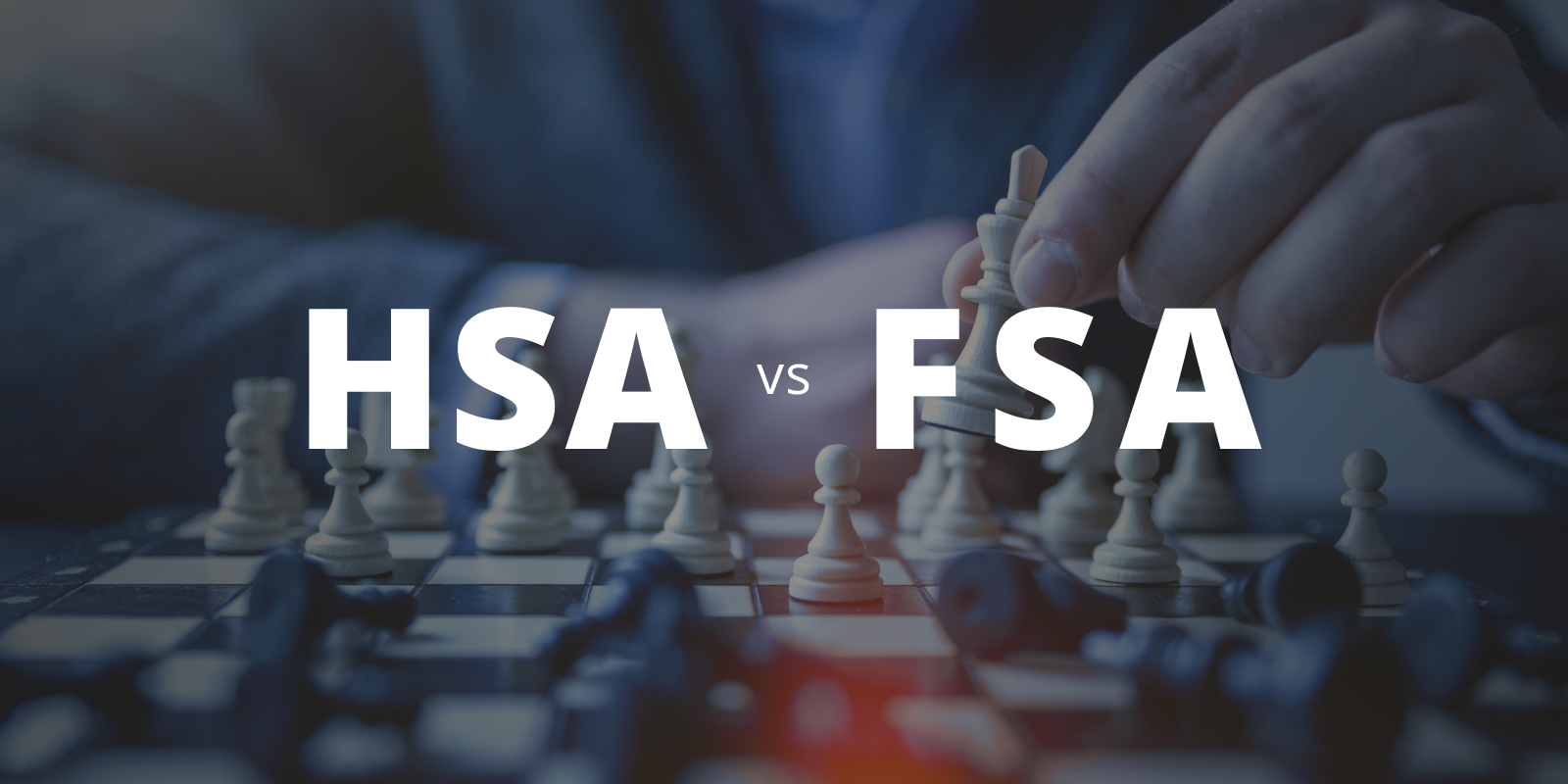The Great Resignation has been in the headlines a lot recently. And rightly so. In April 2021, the number of job openings reached 9.3 million. By July 2021, there were a staggering 10.9 million jobs open. Numbers, mainly being driven by people between the ages of 30-45, with resignations at their highest in tech and healthcare. The pandemic has prompted employees to reevaluate every aspect of their life, careers included. Unfortunately, this takes a toll on companies, especially small and medium businesses. They are left with the costly endeavor of recruiting and training new talent after their employees leave.
What’s Driving the Trend?
Since the pandemic, life has changed significantly for everyone. Workers are frustrated and burned out. It caused people to reevaluate how they want to live and work every day. For some, that meant they could experience working from home–without long commute times and inflexible schedules. For others, it meant a complete change of careers or seeking out better opportunities and jobs with better benefits.
The cost of the turnover is high for employers. Not only does it take time to find new talent, but the additional money to hire and retrain new people. According to Gallup, it costs one-half to two times the employee’s annual salary to replace a worker. So, it costs $9,000 a year to keep each disengaged worker and between $25,000 and $100,000 to replace them. With those types of costs, human resources departments typically offer a lot of different retention strategies to keep employees happy and engaged. This varies from perks, rewards, training and development, and benefits.
Can HSAs Help Retention?
While companies typically offer health benefits and a 401(k), HSAs are unique in that they combine health, savings, and retirement all in one! This could appeal to employees looking to save for future health care expenses or add investment tools to their retirement toolbox.
With a SavingsOak HSA, employees not only receive all the benefits of an easy-to-use health savings account, but they also receive incentives to keep moving forward on their investment journey. This unique program takes your employees from unengaged to a saver and an investor in three easy steps. Employees receive stock rewards when they sign up, when they begin contributing, and when they begin investing in their accounts.
Health and finances were vital issues brought up during the pandemic. Assisting your employees with these matters by adding a SavingsOak HSA to your benefits plan could be a step in the right direction to retaining them.

